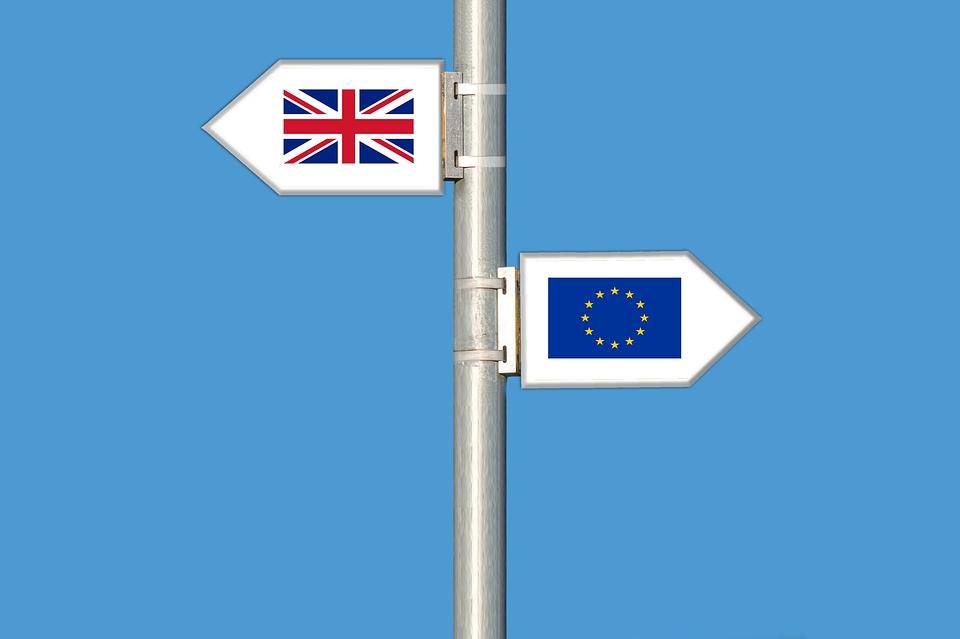BNY Mellon: Brexit Key Facts
BNY Mellon: Brexit Key Facts

By Simon Derrick, Chief Currency Strategist, BNY Mellon
By Simon Derrick, Chief Currency Strategist, BNY Mellon
On January 29 a full day's debate on the government's proposed next steps under Section 13 of the EU (Withdrawal) Act will take place in the House of Commons. Here are the key points in the run up to that debate.
What amendments have been proposed?
A number of amendments have been proposed to the government plan presented to Parliament yesterday. These include:
What else?
Extending Article 50?
Guy Verhofstadt, the European Parliament’s Brexit negotiator, wrote in The Mail on Sunday: “Any request to extend negotiations would be assessed in good faith, but I have serious doubts to agree any extension that goes beyond July 1, as this is when a new European Parliament is constituted after European elections.”
A second referendum or a general election?
Opinion polling on Brexit
An online poll by ICM of 2,046 adults conducted after last week’s government defeat asked voters what should happen next:
In an Opinium poll for the Observer:
Opinion polling on voting intentions in a second referendum
In the Opinium poll for the Observer:
A YouGov poll, conducted on behalf of the People's Vote campaign and published on Wednesday:
Indicators of voting intentions in a general election
The last six opinion polls published on voter intentions in the next general election indicate that the outcome would likely be too close to call were it to be held now.
Oddschecker.com shows most bookmakers giving the following odds on who will be the next Prime Minister:
Oddschecker also shows the Conservatives just fractionally ahead of Labour on odds to win most seats in next election.
GBP and general elections
GBP has tended to put in an improved performance when the Conservative party has done relatively better in opinion polls in the run up to general elections (although this wasn't particularly true in 2005). Interestingly, in 1997 this happened even though there was no realistic chance of a Conservative victory emerging. This suggests that relative shifts in polling in the run up to an election can have an impact on GBP even if the absolute gap between the two main parties remains substantial.
There has been a tendency towards lower volatility in the run up to the election with the only real exception being 2010. The threat of a coalition then was treated poorly by the market.
The price action on GBP in the run up to the election is not necessarily a guide to what happens afterwards. GBP performed well between 2010 and 2015 during the lifetime of the coalition government. GBP was also consistently strong through most of the period of the three Labour governments between 1997 and 2010. However, it is also worth recalling that GBP suffered badly in the aftermath of the October 1974 vote.
Lack of market stress
The average post referendum closing price for GBP has been USD 1.3046. It therefore seems reasonable to assume that GBP trading somewhere around current levels against the USD fairly reflects the continued lack of clarity about the UK’s future relationship with the EU.
Since the failed leadership challenge within the Conservative Party in mid-December ATMF implied volatility for GBP/USD have trended lower with higher priced shorter dates converging on the longer end (i.e. out to one year).
Shorted dated GBP/USD 25 delta risk reversals (i.e. out to two months) have seen the premiums for GBP puts broadly eroded since mid-November. However, the move has lost a little of its momentum over the past week. The six month 25 delta risk reversal has essentially moved sideways since mid-December.
Our own iFlow data show fresh outflows from GBP since December 19. However, these look light compared to what had been seen earlier in H2 2018.
